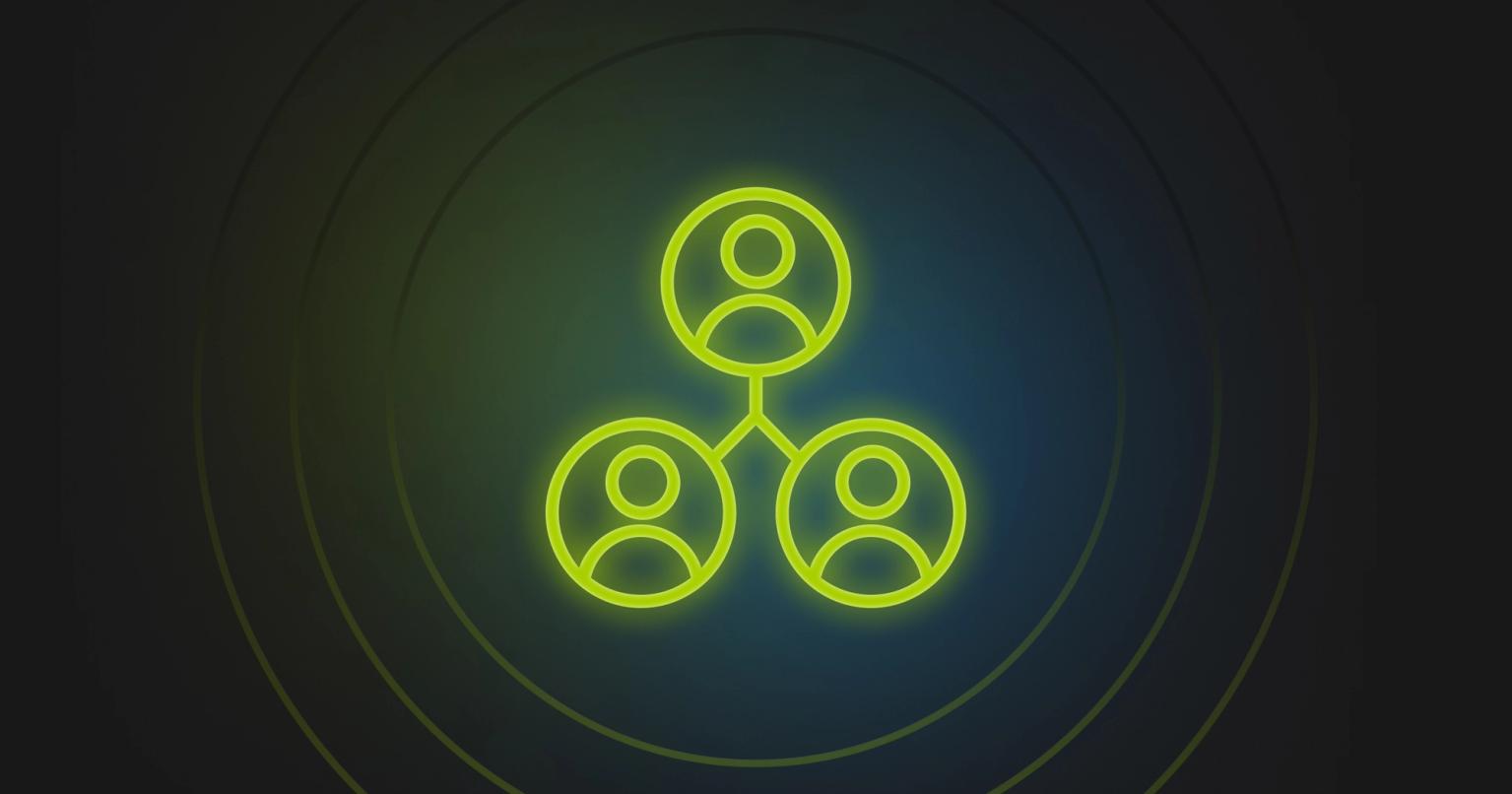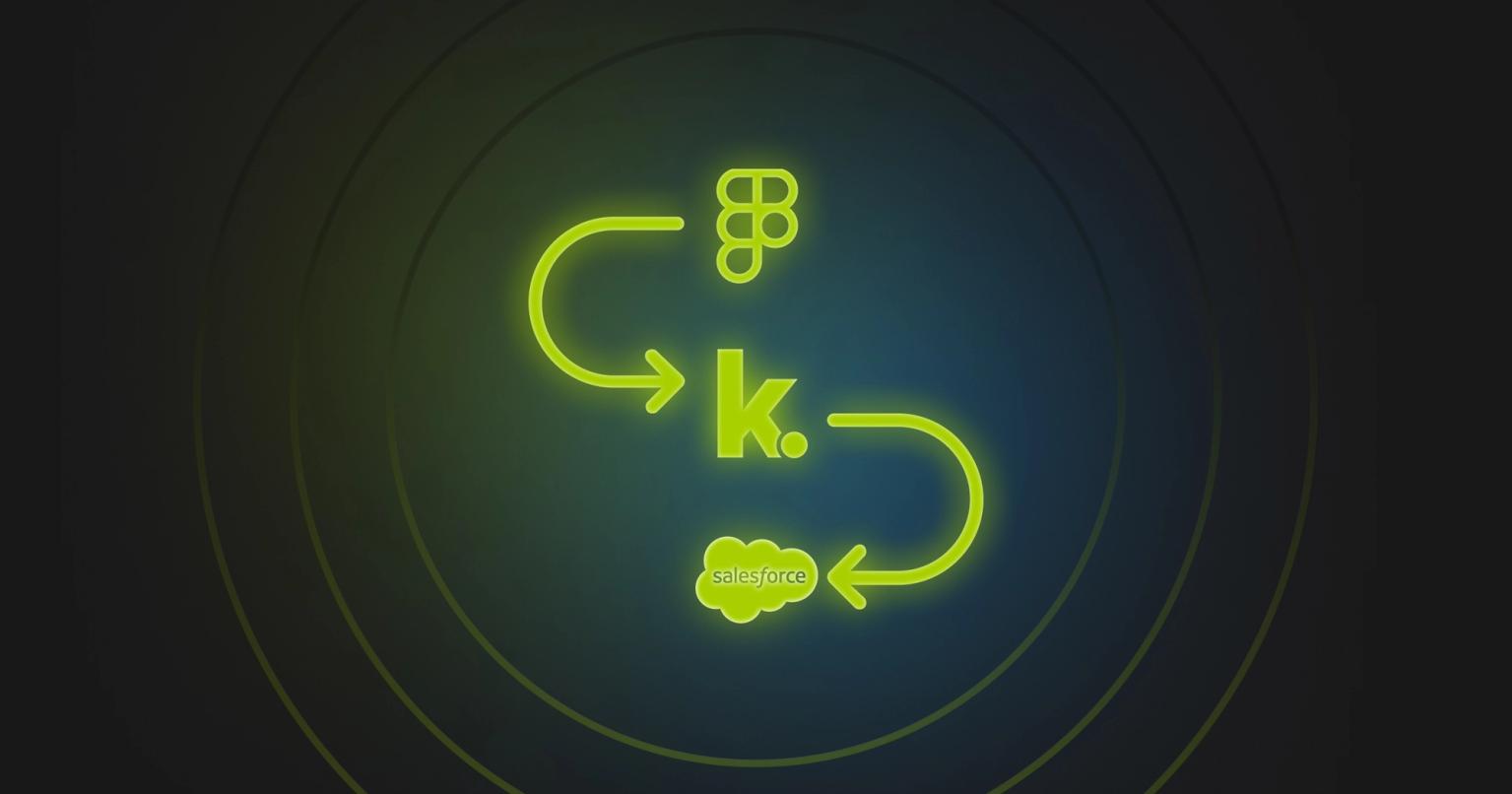16 AI Enterprise Marketing Examples

Summary
Explore 11 real-world examples of how enterprise brands use AI to scale personalization, boost engagement, and spark creativity.
The advent of AI has created an exciting new dynamic in the world of enterprise marketing. Top enterprises are combining innovation, human creativity, and AI automation to create truly wild and imaginative customer experiences.
While it's hard to believe, we're just at the beginning of the AI revolution. Early use-cases, such as the ones highlighted in this post, demonstrate the potential. What's remarkable is that these tools are fast becoming accessible to teams of all shapes and sizes.
We wanted to ground some of the AI hype in real-world case studies where AI has been used effectively.
The world of enterprise marketing has become even more interesting with the advent of AI. One of the remarkable aspects of AI's rise is its ability to combine innovation, human input, and automation to create impressive results.
This new technology is still evolving, making it sometimes difficult to find real-world case studies where AI has been used effectively. In this blog post, we'll detail 16 real-world case studies of AI used by enterprise marketing teams. These examples range from B2C use cases to B2B applications.
Let's dive in.
Burger King's Million Dollar Whopper Contest

Burger King is at the forefront of AI innovation, embracing the technology for both its imperfections and its ability to unlock creativity. The Million Dollar Whopper Contest was perhaps Burger King's most remarkable foray into the world of AI.
What they did was allow users to design their own Whopper, adding up to eight ingredients within quality-assured guardrails and even create audio to accompany their creation. This initiative built on the "Have It Your Way" messaging that Burger King is known for.
They ran a contest where the top three burgers were evaluated by Burger King's team of chefs and selected to go on the menu. Believe it or not, the AI-generated burgers have been getting stellar reviews from food critics.
Victoria's Secret's AI-Powered Personalization
When it comes to combining style and innovation, few brands are doing this as well as Victoria's Secret. Victoria's Secret worked with Movable Ink to create a real-time personalization campaign by combining personalization and innovation with their email marketing strategy.
The marketing team at Victoria's Secret was able to deliver highly personalized experiences to each customer. They were able to shift to a more customer-centric approach that prioritizes relevance as opposed to guessing at customer preferences.
This case study highlights the importance of combining a strong data engine with campaign creation tools. By having the underlying data sets available for AI analysis and the infrastructure to deliver emails in a real-time, personalized way, Victoria's Secret was able to truly innovate with this AI-powered personalization campaign.
BMW's AI-Driven Digital Billboard Campaign

Algorithmic art might sound abstract, but BMW brought it to life in a spectacular way with their AI-driven digital billboard campaign. This innovative approach merged centuries of artistic mastery with cutting-edge technology to create something truly remarkable.
Behind the scenes, BMW's team developed an algorithm trained on 50,000 artwork images spanning over 900 years of art history. The result? Stunning digital projections that transformed BMW vehicles into moving canvases, each displaying unique AI-generated artwork influenced by centuries of human creativity.
This brilliant fusion of art history and automotive design showcases how AI can amplify brand storytelling. By turning their cars into literal works of art, BMW created a visually arresting campaign that captured attention and imagination, attracting hundreds of thousands of views and generating significant buzz around their brand.
Amazon Music's Real-Time Personalization
Amazon Music is at the forefront of marketing innovation. The marketing team at Amazon Music has made automation and personalization a long-term priority, achieved through scalable and personalized content.
Their goal is to provide users with tailored music recommendations that are extremely relevant to each listener. To accomplish this, they partnered with Movable Ink and updated their email design templates to allow for dynamic content.
Rather than using static templates, they implemented a more dynamic, modular approach—similar to what Knak advocates—enabling them to show different content to different customers based on individual preferences.
This strategy resulted in significant improvements to email CTR by more than 280 basis points.
Heinz - AI Generated Ketchup Bottles

What does AI think about your brand? How will AI represent the products in your brand's category? These are the questions that the Heinz marketing team explored when they started using DALL-E 2 to draw ketchup bottles.
They immediately noticed that elements from Heinz's brand were consistently present in the AI artwork. This prompted the team to share these images online. But the idea didn't stop there. Heinz turned it into a full marketing campaign and invited others to share their own AI-generated artwork.
Thousands of variations were created. Not surprisingly, most of them contained the hallmarks of the Heinz brand. The campaign also kicked off an in-person initiative where they asked individuals to draw ketchup bottles. To everyone's delight, these hand-drawn bottles also bore the signature styling of the Heinz brand.
Lyft's AI Translation to Scale Content
One of the most powerful use cases for AI in enterprise marketing is AI translation services. When it came to expanding their content beyond English, Lyft turned to Smartling to help them translate content into eight new languages.
Previously, localizing content and creating translations was a time-intensive process that required significant manual effort. However, with AI translation services, they were able to deploy content 50% faster and achieved a dramatic 3700X increase in translated content.
Lyft used an advanced workflow with their headless CMS, Contentful, to create automated processes that helped create content rapidly.
The results speak for themselves:
- 50% increase in unique page views
- 61% increase in sessions
- 41% increase in user traffic for non-English users when comparing year-over-year performance
Spotify's AI-Powered Wrapped Campaign: The Spirit of Experimentation
One of the core tenets of using AI in enterprise marketing is the spirit of experimentation. Admittedly, not all AI experiments are going to pan out exactly as their creators intended. This was the case for Spotify's 2024 Wrapped AI podcast.
They had the interesting idea of providing the annual Wrapped campaign in podcast format. They used Google's NotebookLM to help create the Wrapped AI podcast, giving users a personalized audio overview of what they listened to on Spotify over the course of the year.
The idea itself was pretty unique, however, the general reception wasn't all that positive. While it missed the mark, Spotify deserves some points for ingenuity, and there's no doubt that in the future they'll come up with unique AI campaigns that will capture our attention.
Cosabella's AI-Driven Email Marketing Transformation
Email marketing and hyper personalization offer high potential for applying AI in an enterprise environment. This is what Cosabella did with emails sent to their subscribers.
Initially, they sent emails to their subscriber list three times a week. However, they were curious if they could apply AI to personalize content at scale. This is a story of using robust data sets to help train the AI and tune it toward personal preferences of their subscriber list.
They saw an immediate lift - open rates increased by 4%. But the big improvement came from email revenue, which increased by 60%. It also allowed them to rely less on discounts during the Christmas season, instead providing users with tailored recommendations.
This case study highlights the role of marketing operations in AI personalization efforts. It helped transform their marketing ops team to look for patterns, test those patterns, and constantly evaluate what types of customers respond to different types of content.
IBM's Gen AI for Personalized Content at Scale
Content supply chains offer the opportunity to utilize AI in an enterprise environment. The content supply chain provides a streamlined set of workflows to rapidly generate content. This is exactly what IBM did when they partnered with Adobe to use Adobe's Firefly platform to generate images.
IBM's "Let's Create" brand campaign produced personalized marketing visuals that resulted in 26 times higher engagement than their previous campaigns. The scale of this is impressive too. They created an early pilot test to generate 200 images with more than 1000 variations.
This type of innovation demonstrates how personalization can be applied at scale using AI image generation applications.
Cisco's Personalized Video Campaign to Drive Customer Advocacy
One of the most creative ideas we found was from Cisco, where they used personalized videos to create custom video invitations for customer advocates. They discovered that they had a small number of advocates, so when they wanted to engage with more customers, they had initially a very small pool to work with.
They devised an idea for a personalized video campaign using a celebrity to help invite customers to join their advocacy group. They selected people with high ratings of the company and targeted them for the email campaign.
The email campaign was a resounding success. It had a 16% overall conversion rate with an impressive 60% conversion rate for those who viewed the video. The personalized videos were relatively simple, featuring a celebrity who invited them to the advocacy group with some personalization displayed in the video.
Gemini's AI Translation Strategy for Global Crypto Expansion

Gemini, a cryptocurrency exchange serving millions of users across 60+ countries, faced a unique translation challenge when expanding globally. The crypto industry presents a fascinating puzzle: some terminology needs cultural adaptation for local markets, while other terms must remain in English to preserve their technical meaning.
Traditional human translation approaches were creating bottlenecks that threatened Gemini's global expansion plans. The company partnered with Smartling to implement AI-Powered Human Translation (AIHT), combining machine learning efficiency with human-level quality control for crypto's nuanced terminology.
The results were impressive: 2x faster turnaround times and $180,000 in translation cost savings. Gemini now processes 99% of their content across five languages without sacrificing quality.
Marketing Associate Gerda Naeter noted that improved delivery timelines became a significant competitive advantage during scaling. The cost savings also enabled translation of additional content types, keeping global customers more engaged with localized experiences.
This case study shows how AI can solve industry-specific challenges when thoughtfully implemented. By combining automation with human oversight, Gemini navigated cryptocurrency's complex linguistic requirements while accelerating international growth.
Coca-Cola's Fizzion Makes Brand Guidelines Intelligent
Coca-Cola continues to push the boundaries of AI in marketing with Project Fizzion, developed alongside Adobe. This time, they're not generating holiday ads—they're reimagining how brand systems work entirely.
The concept is elegant: instead of static brand guideline PDFs that designers interpret, Fizzion makes the brand rules live inside the assets themselves. As designers work in Adobe Creative Cloud, the system learns their creative decisions and encodes them into what Coca-Cola calls a "StyleID." Once trained, these act as guardrails that automatically apply brand rules across any format or market.
The result? Content production up to 10 times faster, with designers staying firmly in control. For a company managing over 200 brands in more than 200 countries, Fizzion represents a fundamental shift in how global brands can scale creativity without losing consistency.
Starbucks Deep Brew Bridges Personalization and Operations
Starbucks' Deep Brew does something clever—it bridges customer personalization with operational efficiency. While the AI suggests personalized drink recommendations and targeted offers, it's simultaneously predicting customer traffic patterns using weather data, local events, and historical trends.
This dual approach has driven impressive results. Mobile orders now account for over 30% of U.S. transactions, while stores maintain better inventory levels and reduce waste. But here's the interesting part: Deep Brew launched in 2019, built on years of data infrastructure work. The lesson? Successful AI implementation isn't about moving fast—it's about building the foundation first.
Unilever's Desire at Scale Powers AI Across 250+ Brands
Unilever has scaled its AI content creation approach across its entire portfolio with an initiative called "Desire at Scale." The company now operates in-house AI studios like SuperShoots and Sketch Pro, embedded directly within brand teams.
The speed is remarkable. Closeup produced over 100 assets in three days for a product launch. In Indonesia, a team created content responding to a Ramadan trend and published it within hours, generating 6 million organic views. Across Beauty & Wellbeing brands, content production is 30% faster with double the engagement metrics.
What keeps it on-brand? Systems like Brand DNAi ensure AI only pulls from approved brand voices and visual identities. It's human expertise scaled through intelligent guardrails. Unilever's approach shows how large organizations can move fast without losing brand integrity.
Nike's Shopping Assistant Built in Three Weeks
Nike built a fully functional AI-powered shopping assistant in 21 days. The assistant creates personalized shopping experiences through natural conversation, pulling from Nike's 170+ million loyalty member database and product catalog.
The team built the initial proof-of-concept in eight days using public and synthetic data, then refined it based on feedback. They even classified over 6,300 products in a single day using AI, saving hundreds of hours of manual work.
What's particularly smart: Nike implemented monitoring tools that let non-technical staff oversee the AI without needing developers. The project proves enterprise organizations can move at startup speed when they have the right infrastructure and approach.
The future of AI in enterprise marketing
AI has the potential to unlock creativity and give marketers access to tools they could only dream of a few short years ago. One of the key tenets in this new era of digital marketing is having the infrastructure to rapidly create and deploy campaigns. AI gives unfettered ability to create campaigns; yet, the requirements for human guidance and efficient processes remain unchanged.
Tools like Knak are critical here – they allow for marketers to create on-brand assets like emails and landing pages that can be rapidly deployed in the life cycle of a campaign. Pairing a structured approach to campaign delivery and content quality control with the power of AI is a winning combination.












